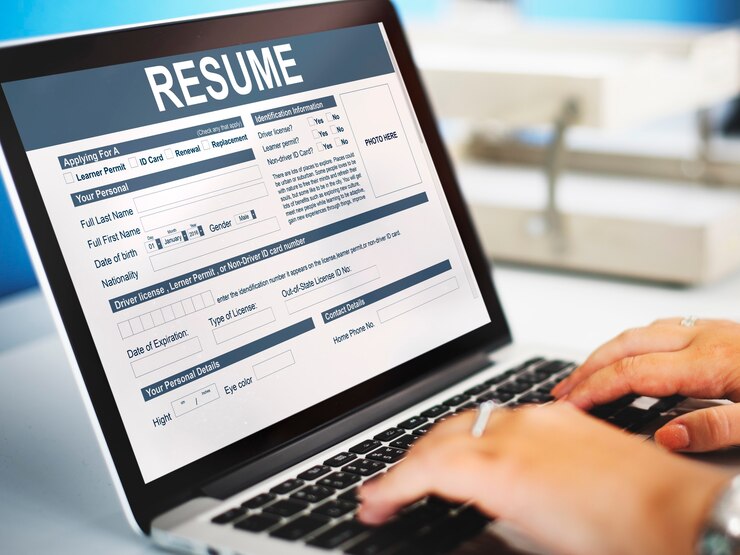How to Design and Format Your Professional Resume WriterAustralia

Crafting a resume that meets professional standards in Australia is a critical step in your job search journey. It’s not just about listing your experiences and skills; it’s also about presenting them in a format that is both appealing and appropriate for the job market in these countries. As a professional resume writer in Australia and New Zealand, I have seen many job seekers enhance their chances significantly by adhering to certain resume formatting and design principles. Let’s dive into these essential guidelines.
1. Choose the Right Format
The most common resume formats are chronological, functional, and combination. A chronological format, listing your experiences in reverse chronological order, is often preferred in Australia and It’s straightforward and familiar to recruiters. However, if you’re changing careers or have gaps in your employment, a functional or combination format might be more beneficial.
2. Professional Resume Writer Australia
Generally, a resume in Australia should not exceed two pages. This brevity requires you to be concise and only include information that is relevant to the job you’re applying for. Every section, from your Professional Resume Writer Australia summary to your work experience and education, should be tailored to highlight your suitability for the role.
3. Professional Resume Writer Au
Start with a compelling professional summary. This should be a concise paragraph or a bulleted list that summarizes your professional background, key skills, and what you bring to the table. It’s your chance to make a strong first impression.
4. Clear and Consistent Layout
The overall layout should be clean and professional. Use a standard, easy-to-read font like Arial or Times New Roman, with a font size of 10 to 12 points. Ensure that margins are uniform, and there’s ample white space to make the document easy to read.
5. Use Bullet Points for Clarity
When detailing your work experience and skills, use bullet points rather than long paragraphs. This makes your resume more scannable and allows employers to quickly identify your key contributions and achievements.
6. Focus on Achievements, Not Just Duties
Highlight your achievements in each role instead of just listing duties. Use quantifiable results where possible, such as “increased sales by 20%” or “led a team of 10.” This approach demonstrates your impact more effectively.
7. Tailor Your Resume to the Job
Customize your resume for each application. Use keywords from the job description, as this will make your resume more ATS-friendly and show that you have the specific skills and experience the employer is looking for.
8. Education and Professional Development
Include your education and any relevant Professional Resume Writer Au development courses. For recent graduates, education can be placed before work experience. For those with more work experience, it should follow the professional experience section.
9. Skills Section
A dedicated skills section can be very useful, especially for highlighting technical skills. However, make sure these skills are relevant to the job you’re applying for.
10. Personal Details
In Australia it’s common to include some personal details at the top of your resume, such as your name, phone number, and email address. However, avoid including information such as date of birth, marital status, or a photo, as these are not necessary and can lead to unconscious bias.
11. Referees or References
It’s common practice to either list referees at the end of your resume or note that they are available upon request. Ensure that you have informed your referees and that their contact information is up to date.
12. Proofread and Review
Ensure your resume is free of typos and grammatical errors. Have someone else review it, as a fresh set of eyes can catch mistakes you might have overlooked.
13. Consider Professional Assistance
If you’re struggling with formatting or content, consider consulting a professional resume writer in Australia. They can provide valuable insights and ensure your resume meets the professional standards expected in the Australian and New Zealand job markets.
Conclusion
Designing and formatting your resume to meet professional standards in Australia and New Zealand is crucial in making a positive impression on potential employers. By following these guidelines and considering the help of a professional resume writer, you can create a resume that not only looks great but effectively showcases your abilities and experiences, paving the way for job search success.

